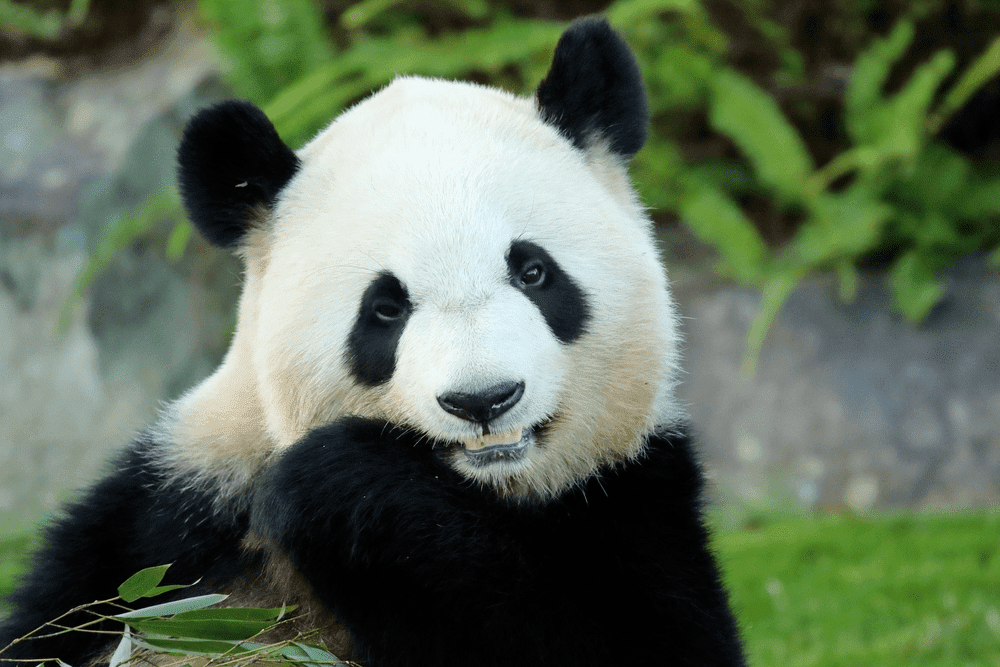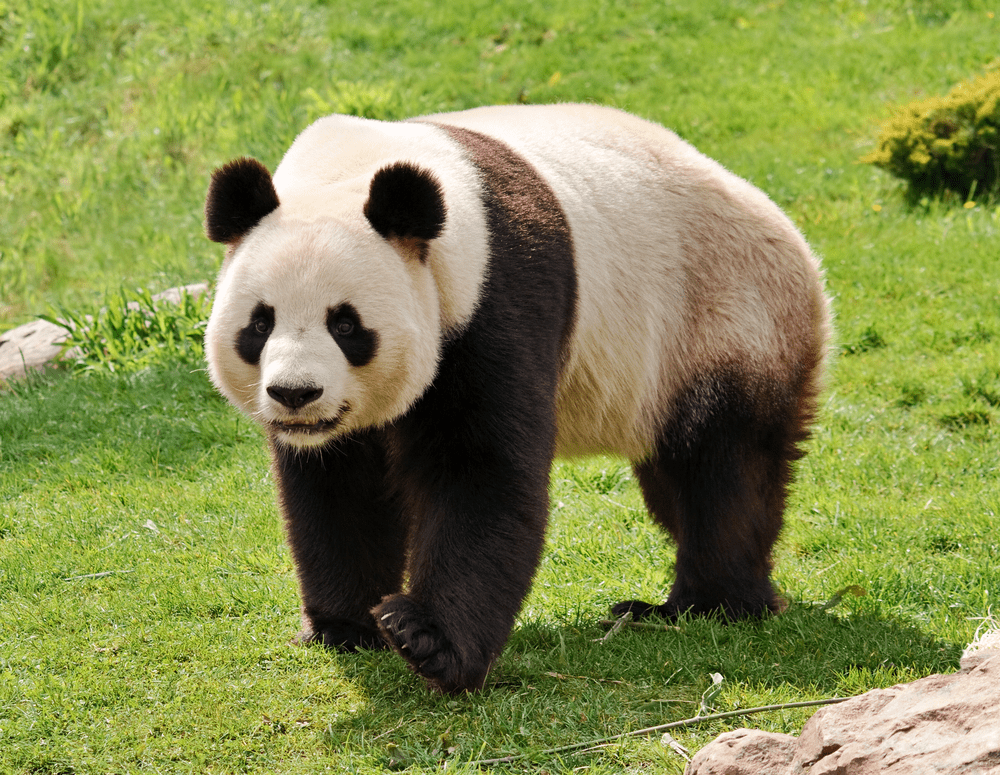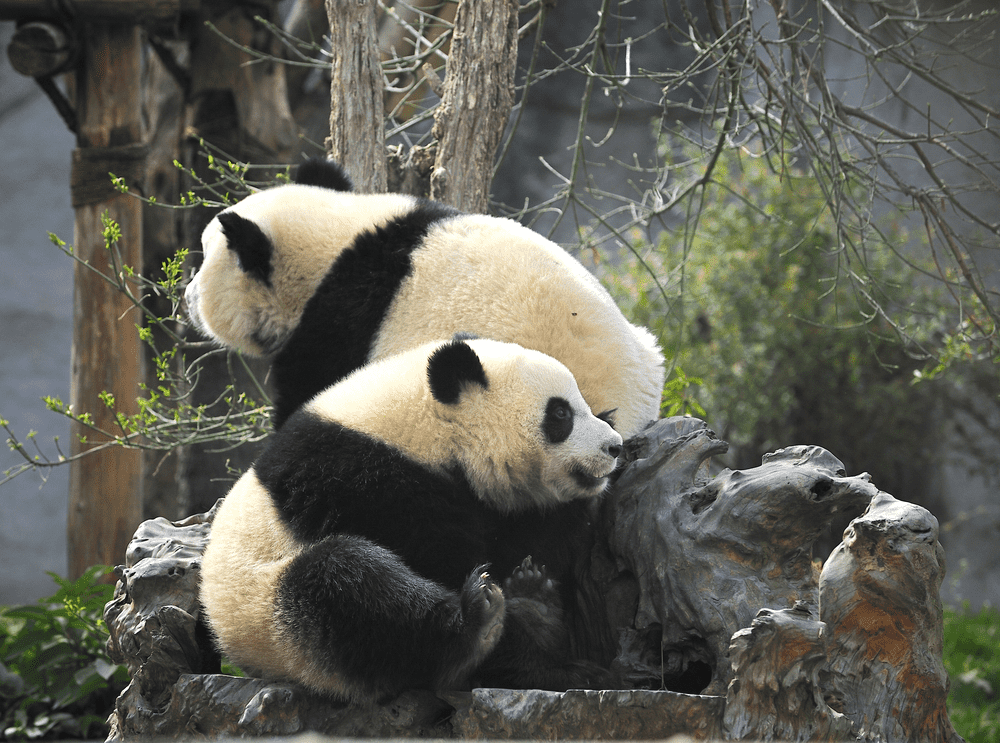The giant panda is one of the most beloved animals in the world. Unfortunately, they are also one of the most endangered species. In this article, we will discuss how many giant pandas are left and what is being done to save them.
There are over 2,400 giant pandas left in the wild. This may seem like a lot, but it is actually a very small number and a decrease from the estimated 3000 pandas that were living in the wild in the early 1990s.
Giant pandas are only found in China and their habitat is being destroyed at an alarming rate. Every year, hundreds of square miles of forest are cleared to make way for agriculture or development. This destroys the bamboo forests that giant pandas need to survive.
The giant panda is a native of China and has been revered by the Chinese people for centuries. In fact, they were once thought to be mythical creatures. The first recorded sighting of a giant panda was in 1869 by a French missionary.
Giant pandas are listed as an endangered species by the International Union for Conservation of Nature (IUCN). This is due to a number of factors, including fragmentation, poaching, and a low birth rate.
Table of Contents
How To Save The Giant Panda
In order to save the giant panda, we need to protect their habitat. The Chinese government has made saving the giant panda a priority. They have established a number of reserves and breeding centers. They have also worked to improve the habitat in surrounding areas. We also need to work with the local communities to stop deforestation.
It also means supporting sustainable forestry practices that will allow bamboo forests to thrive. We also need to continue research into captive breeding and release programs. With continued effort, we can ensure that the giant panda does not become extinct.
Giant pandas have their own language

When two pandas meet, they will often bleat to each other. This is how they communicate and express their emotions. If a panda is happy, it will make a soft “bleat” sound. But if a panda is angry or upset, it will make a loud “chuffing” noise.
How Many Giant Pandas Are In the US?
As of 2018, there are 22 giant pandas in the United States. 15 of them live in zoos and the other seven are on loan from China. The first giant panda arrived in the US in 1936 as a gift from the Chinese government.
How Many Giant Pandas Are In China?
The answer to this question is not as simple as it may seem. While the official number of giant pandas in China is around 1900.
How Many Giant Pandas Are In India?
The number of giant pandas in India is thought to be around 67. This is based on an estimate from the State Forestry Administration of China, which was released in 2015. The population of giant pandas in India has been increasing in recent years due to conservation efforts.
How Many Giant Pandas Are In Japan?

The number of giant pandas in Japan has been declining in recent years. In 2015, there were only about 20 pandas living in the wild in Japan. This number has been decreasing due to the loss of habitat and bamboo forests being destroyed by humans.
What are the natural predators of the giant panda?
The natural predators of the giant panda are the snow leopard, human, and red panda. The snow leopard is the only predator that can kill an adult giant panda.
Humans are the biggest threat to giant pandas because of hunting. Red pandas will sometimes eat the bamboo shoots of a giant panda, but they are not a major threat.
Classifications Of Giant Panda
Giant pandas are classified as bears. They are also a part of the family Ursidae. Bears are found in several different parts of the world including North America, Europe, and Asia.
There are eight different species of bear that exist today. These include polar bears, grizzly bears, black bears, spectacled bears, sloth bears, sun bears, panda bears, and Andean bears.
The giant panda is the most well-known bear. They are easily recognizable by their large size, black and white fur, and round faces.
Giant pandas are native to China and can be found in the mountains of central China. They have also been known to live in zoos all over the world.
Facts About Giant Pandas

There are the following interesting facts bout Giant pandas:
- Giant pandas are only found in China.
- The average lifespan of a giant panda in the wild is 20 years.
- Giant pandas have an extended wrist bone that acts like a thumb, and they use this “thumb” to grasp bamboo.
- A giant panda’s diet is 99% bamboo.
- The weight of the giant panda is about 250 pounds.
What Giant pandas eat
Bamboo is the primary food source for giant pandas. They consume different parts of the plant depending on the season. In the spring and summer, when bamboo shoots are plentiful, pandas mainly eat these tender greens.
During the fall months, when bamboo leaves are rich in nutrients, pandas consume more of them. And in the winter, when bamboo is scarce, giant pandas eat mostly bark.
Giant pandas also eat other plants, fruits, and even small animals. This variety helps them to obtain the nutrients they need to survive. For example, giant pandas consume large quantities of vitamin E, which is found in many different plants.
And while bamboo does not contain much calcium, giant pandas get the calcium they need from eating insects.
Is a giant panda a dog?
No, a giant panda is not a dog. It is actually a bear. However, it does share some characteristics with dogs, such as being able to stand on its hind legs and having round pupils.
Are all pandas born female?
No, all pandas are not born female. In fact, about 50% of panda cubs are male. However, due to a variety of factors, only about one in six male pandas survive to adulthood. This leaves us with a population that is predominantly female.
Why do giant pandas do handstands?

Giant pandas do a handstand because it is a way of communicating. When a panda does a handstand, it is telling the other pandas in its group that it wants to mate.
The mating season for giant pandas is from March to May, and during that time, males will do handstands as a way of attracting females. Females will only mate with the male that they think is the strongest, so the males have to compete with each other by doing things like handstands and wrestling.
Do all giant pandas do handstands?
No, not all giant pandas do handstands. In fact, most giant pandas don’t do handstands at all. It is thought that only around 20% of giant pandas engage in this behavior.
Are giant pandas friendly?
No, giant pandas are not friendly. In fact, they are one of the most aggressive animals in the world. They are known to attack humans and other animals without provocation.
Can you hug a giant panda?
No, you can’t hug a giant panda. Because they might bite you. Also, it is illegal to hug a giant panda in China.
Do giant pandas bite humans?
No, giant pandas do not typically bite humans. They have large molars that are great for crushing bamboo, but their teeth are relatively blunt and not well-suited for biting flesh. That said, there are always exceptions to every rule.
In 2016, a Chinese man named Zhang Xinyan was bitten by a captive panda at a breeding and research center in Sichuan province. Mr. Zhang was reportedly trying to take a selfie with the panda when the animal bit him on the arm. Thankfully, he only sustained minor injuries and no one was seriously hurt.
How do giant pandas reproduce?

Giant pandas reach sexual maturity between the ages of four and eight, and females are only fertile for two to three days each year. During these few days, mating occurs repeatedly.
Both males and females mark their territory with urine, feces, and by rubbing trees or rocks with their bodies. When a female is ready to mate, she signals her availability by urinating more frequently and leaving her scent on trees. If a male is interested, he will follow the female and try to mate with her.
Mating usually takes place in springtime. After a gestation period of 95-160 days, the female gives birth to one or two cubs. The tiny cubs weigh only about four ounces at birth and are blind, helpless, and completely dependent on their mother.
For the first few weeks, the mother does not leave the cub or allow anyone else to touch it. She carefully cleans her cub and keeps it warm. The cub begins to grow quickly, and its fur starts to come in at about two months old.
At six months, the cub is weaned and begins to eat bamboo. It becomes independent at 18 months but stays with its mother until it is two to three years old. After that, it leaves to establish its own territory.
Article References: https://www.bbc.com/news/world-asia-china-37273337





